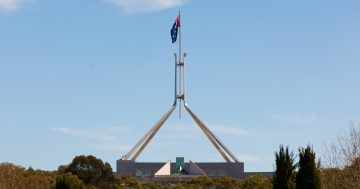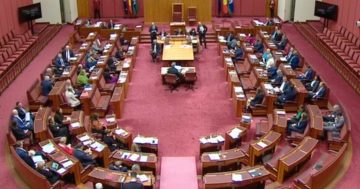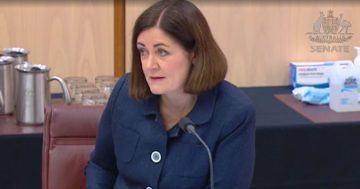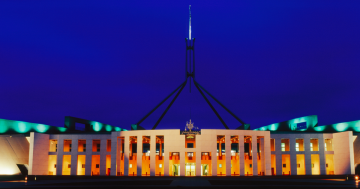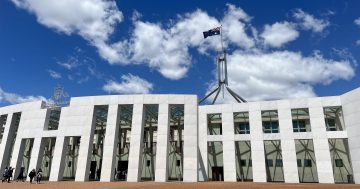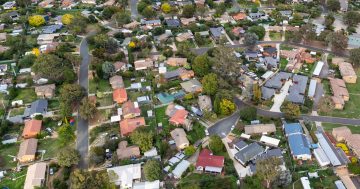
Education Minister Jason Clare is delighted his student debt relief bill has passed both houses of parliament. Photo: Facebook.
Labor’s student debt relief legislation has passed the Senate, guaranteeing a 20 per cent cut for higher education students currently owing the government money for their studies.
The HECS Bill, the first piece of legislation the Federal Government introduced to the new parliament, has enjoyed smooth sailing through both houses.
The House of Representatives was never going to be an issue with the government having more than enough numbers to pass its bill. The Senate didn’t raise any significant worries for Labor either.
The bill passed 36 votes to 3 in the Upper House on Thursday morning (31 July) with the Greens and three independents – David Pocock, Fatima Payman and Tammy Tyrrell – siding with the government.
One Nation voted against the bill, while the Coalition appears to have abstained.
All Liberal and National senators left the chamber before the vote.
Opposition Leader Sussan Ley promised this week the Opposition would not stand in the way of the bill’s successful passage through parliament.
The Greens had sought to amend the bill to end indexation rules and wind up the job-ready graduates scheme introduced by the Scott Morrison government in 2021.
But the bill has passed as Labor intended, with Prime Minister Anthony Albanese and Education Minister Jason Clare unable to contain their delight.
“We promised cutting student debt would be the first thing we did back in parliament and that’s exactly what we’ve done,” Mr Albanese said.
“Getting an education shouldn’t mean a lifetime of debt.
“No matter where you live or how much your parents earn, my government will work to ensure the doors of opportunity are open for you.”
Mr Clare rushed to hold a press conference at Parliament House to promote the achievement.
“We promised it and we’ve delivered. Young Australians don’t always see something for them on the ballot paper, but they did this year,” Mr Clare said.
“The next step is for the tax office to do the work they need to do. Now that the bill is passed, they’ve got the certainty they need to make the changes to their systems to pass this on to three million Australians…”
He said the bill would save millions of Australians thousands of dollars.
“The average student debt today is $27,600, this will cut that debt by $5520,” he said. “Just out of uni, just getting started, this will take a weight off their back.
“We are also cutting annual repayments. For someone earning $70,000 a year, it will cut the amount they have to repay every year by $1300.
“That’s real help with the cost of living. It means more money in your pocket, not the government’s.”
The passage of the bill means more than $16 billion in debt will be wiped.
Backdated to 1 June, it applies to all HELP, Vocational Education and Training (VET) Student Loans, Australian Apprenticeship Support Loans, Student Startup Loans, as well as other student loans.
In addition to cutting student debt by 20 per cent, the new law will raise the minimum amount before starting to make repayments – from $54,435 to $67,000 – and reduces minimum repayments.
Greens Senator Mehreen Faruqi has urged the government to now turn its attention to indexation.
“At the bare minimum, Labor should work with us to undo Morrison’s disastrous fee hikes and end indexation, which keeps people on the hamster wheel of trying to keep up with ever-swelling debts,” she said.
“Labor should have dumped Morrison’s job-ready graduates fee hikes the second they came into power.
“The scheme is a cruel, punitive mess that does nothing except punish students with high fees.”
Senator Pocock said last week he welcomed the bill but wanted to see more cost relief for students.
“Wiping 20 per cent of student debt is welcome but it treats the symptom not the cause and won’t help people who are studying today and racking up eye-watering levels of student debt,” he said.
“The introduction of a means-tested $331.65 per week payment for four professions is similarly welcome but won’t end placement poverty.”
Original Article published by Chris Johnson on Region Canberra.





